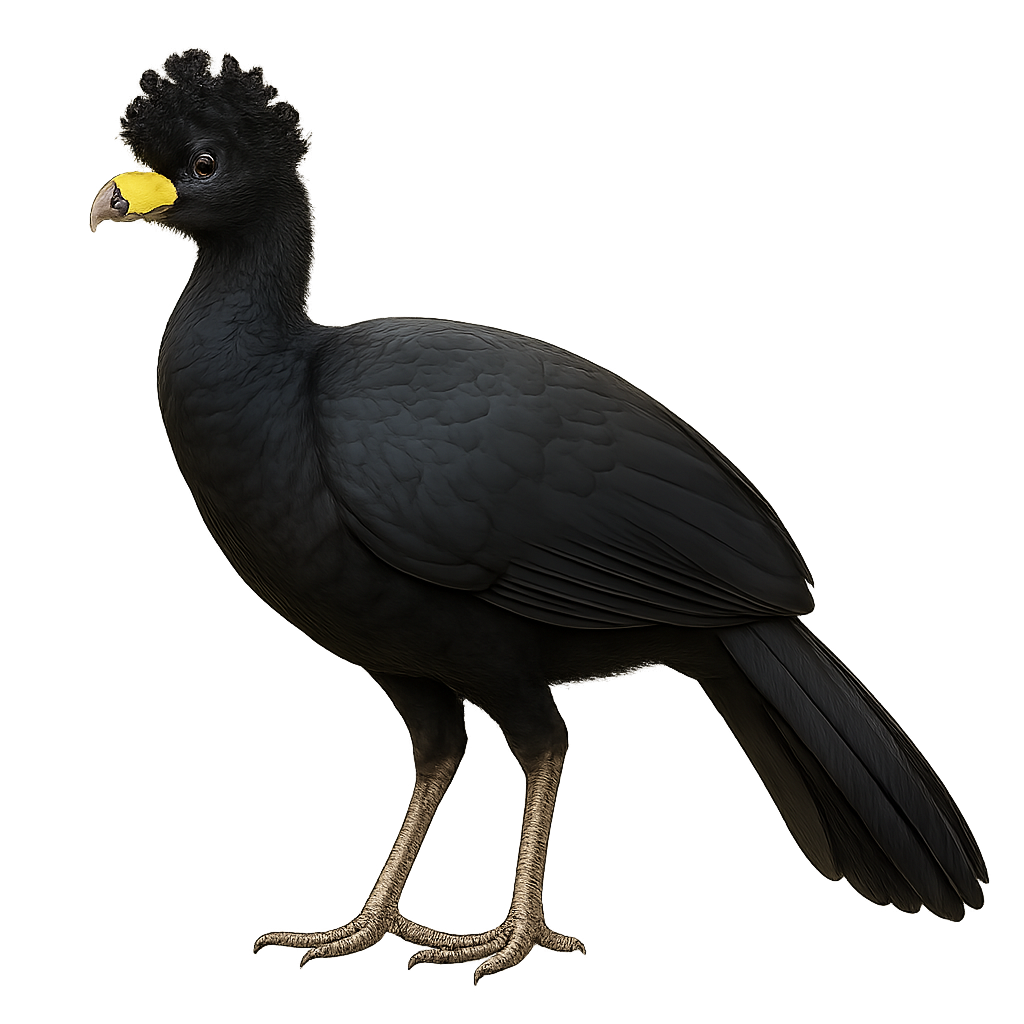Your wildlife photography guide.
Explore the black curassow in detail, study its behavior, prepare your shots.
Where to observe and photograph the black curassow in the wild
Learn where and when to spot the black curassow in the wild, how to identify the species based on distinctive features, and what natural environments it inhabits. The WildlifePhotographer app offers tailored photography tips that reflect the black curassow’s behavior, helping you capture better wildlife images. Explore the full species profile for key information including description, habitat, active periods, and approach techniques.
Black Curassow
Scientific name: Crax alector

IUCN Status: Near Threatened
Family: CRACIDAE
Group: Birds
Sensitivity to human approach: Suspicious
Minimum approach distance: 10 m
Courtship display: January to March
Incubation: 28-32 jours
Hatchings: February to April
Habitat:
Tropical forests, humid forests, dense woodlands
Activity period :
Primarily active during the day, with peak activity in the morning and late afternoon.
Identification and description:
The Crax alector, commonly known as the Black Curassow, is a large bird from the Cracidae family, native to the tropical forests of South America. It is easily recognizable by its glossy black plumage and distinctive curly crest. Males have a bright yellow beak, while females display more subdued patterns. This bird prefers dense forest habitats where it primarily feeds on fruits, seeds, and insects. Although capable of flight, it spends most of its time on the ground. The Black Curassow plays a crucial role in seed dispersal, aiding in forest regeneration. Unfortunately, it is threatened by deforestation and excessive hunting, leading to population declines in some areas.
Recommended lens:
400 mm – adjust based on distance, desired framing (portrait or habitat), and approach conditions.
Photography tips:
To photograph the Black Curassow, it is advisable to use a telephoto lens of at least 400mm to capture detailed images without disturbing the bird. Look for it early in the morning or late in the afternoon when the light is soft and it is more active. Be patient and discreet, as this bird can be suspicious. Wear neutral-colored clothing to blend better into the forest environment.
The WildlifePhotographer App is coming soon!
Be the first to explore the best nature spots, track rutting seasons, log your observations, and observe more wildlife.
Already 1 430 wildlife lovers subscribed worldwide

